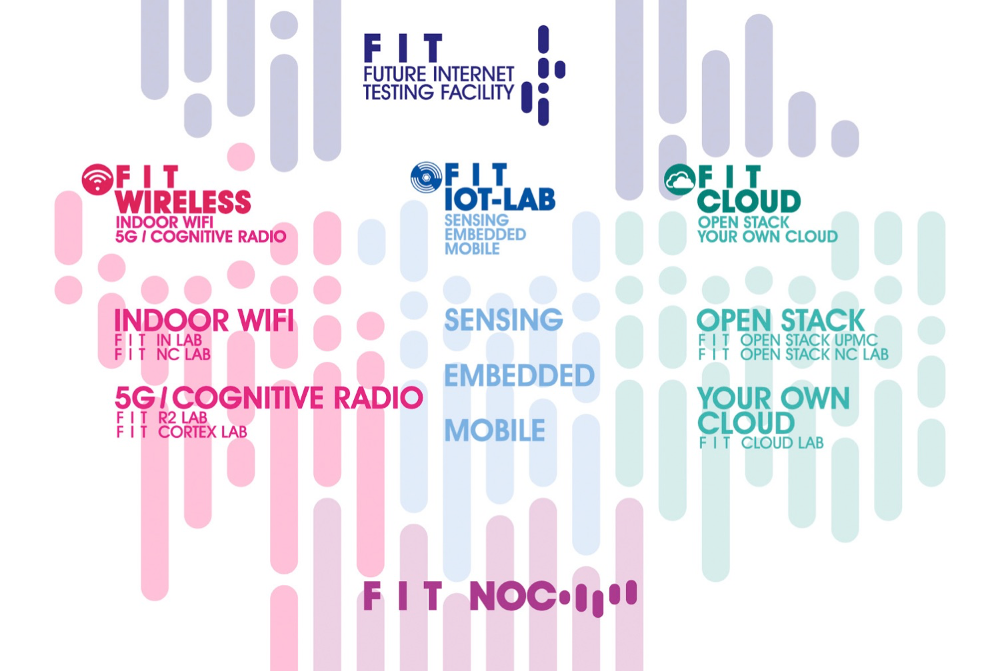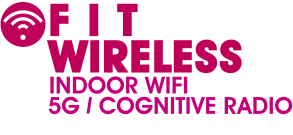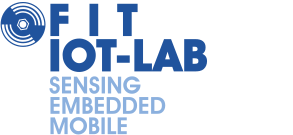FIT provides a large-scale experimentation environment through the federation of the following testbeds that are competitive at the worldwide level and that you can easily access.


The scientific objective of FIT-Wireless is provided an experimental platform for developing future wireless communication systems (Indoor WiFi and 5G in synergy with FIT Cloud, and Cognitive Radio):
Concerning its implementation, the platform is spread over four sites:

IoT-LAB provides a very large scale infrastructure suitable for testing small wireless sensor devices and heterogeneous communicating objects. It is the evolution and extension of the SENSLAB testbed (2010-2013).
IoT-LAB provides full control of network nodes and direct access to the gateways to which nodes are connected, allowing researchers to monitor nodes energy consumption and network-related metrics, e.g. end-to-end delay, throughput or overhead. The facility offers quick experiments deployment, along with easy evaluation, results collection and analysis. Defining complementary testbeds with different node types, topologies and environments allows for coverage of a wide range of real-life use-cases.
IoT-LAB testbeds are located at six different sites across France which gives forward access to 2728 wireless sensors nodes: Inria Grenoble (928), Inria Lille (640), ICube Strasbourg (400), Inria Saclay (307), Inria Rennes (256) and Institut Mines-Télécom Paris (160).
The IoT-LAB hardware infrastructure consists of a set of IoT-LAB nodes. A global networking backbone provides power and connectivity to all IoT-LAB nodes and guarantees the out of band signaling network needed for power and command purposes and monitoring feedback.

Based in three platforms (FIT OpenStack at Sorbonne Université, FIT OpenStack NC Lab and FIT CloudLab), FIT-Cloud is: